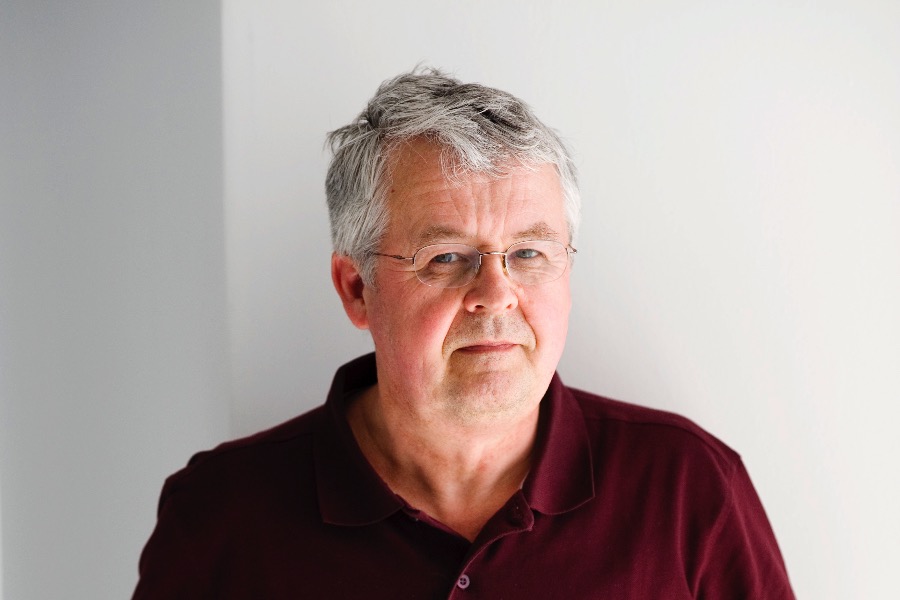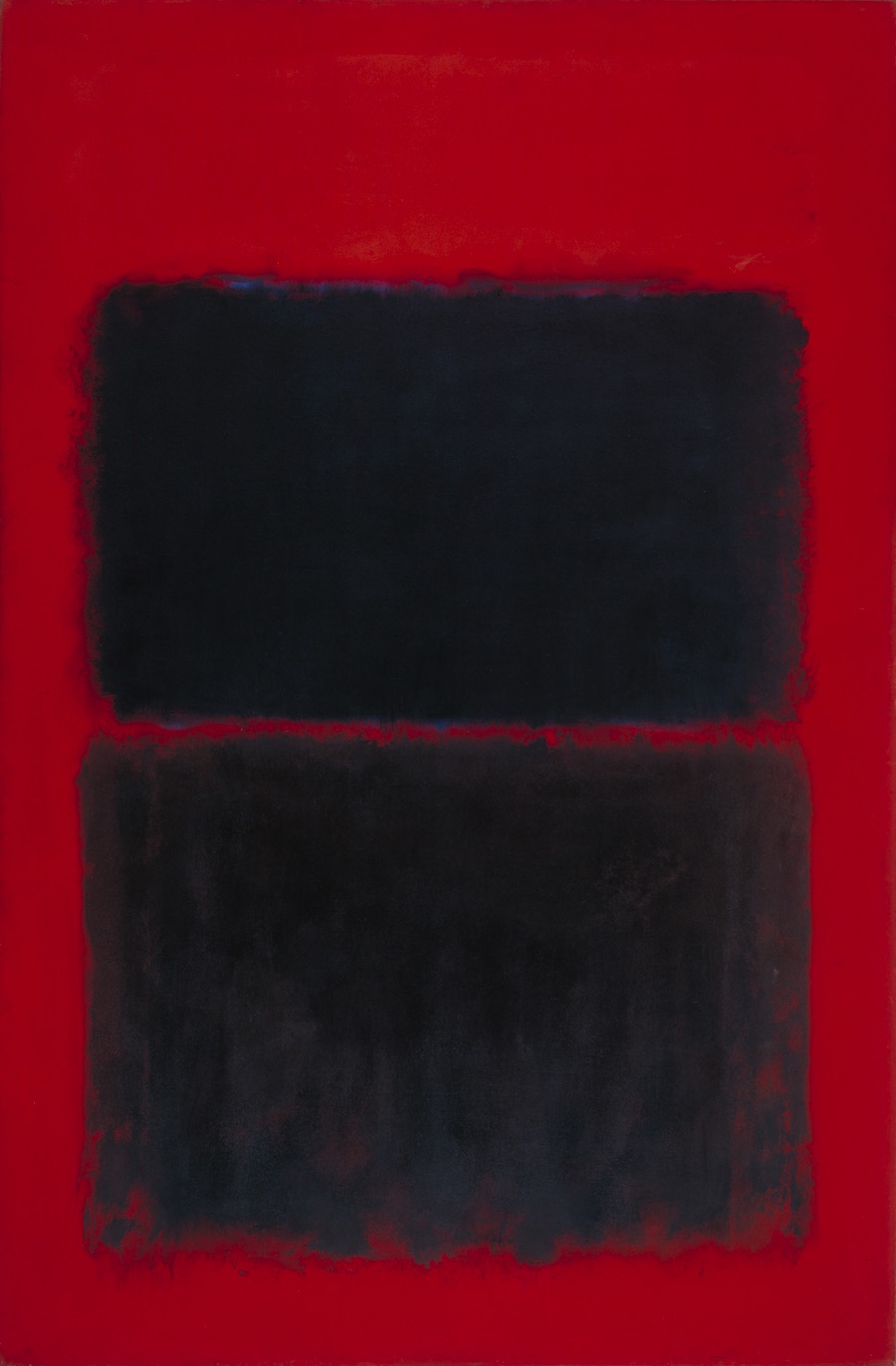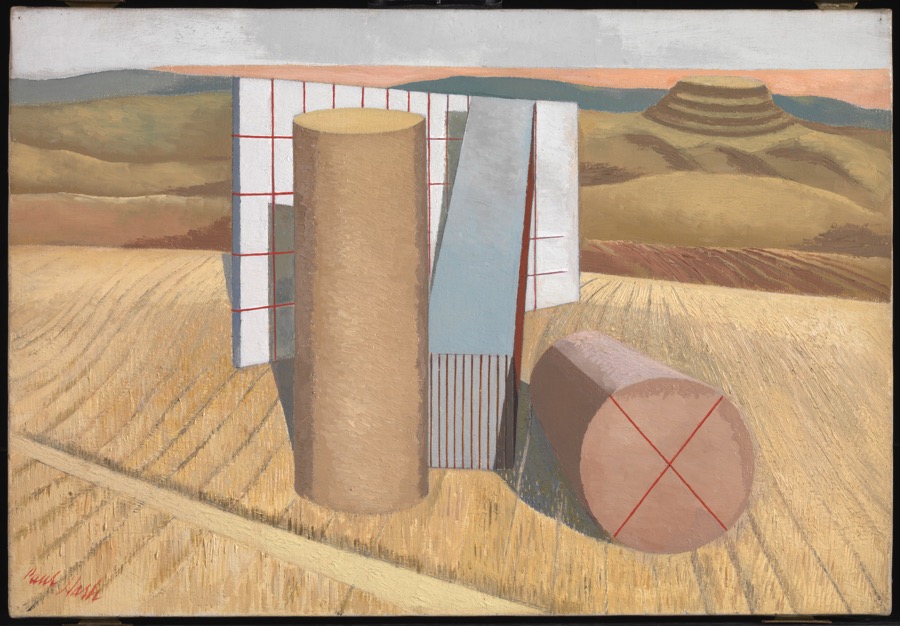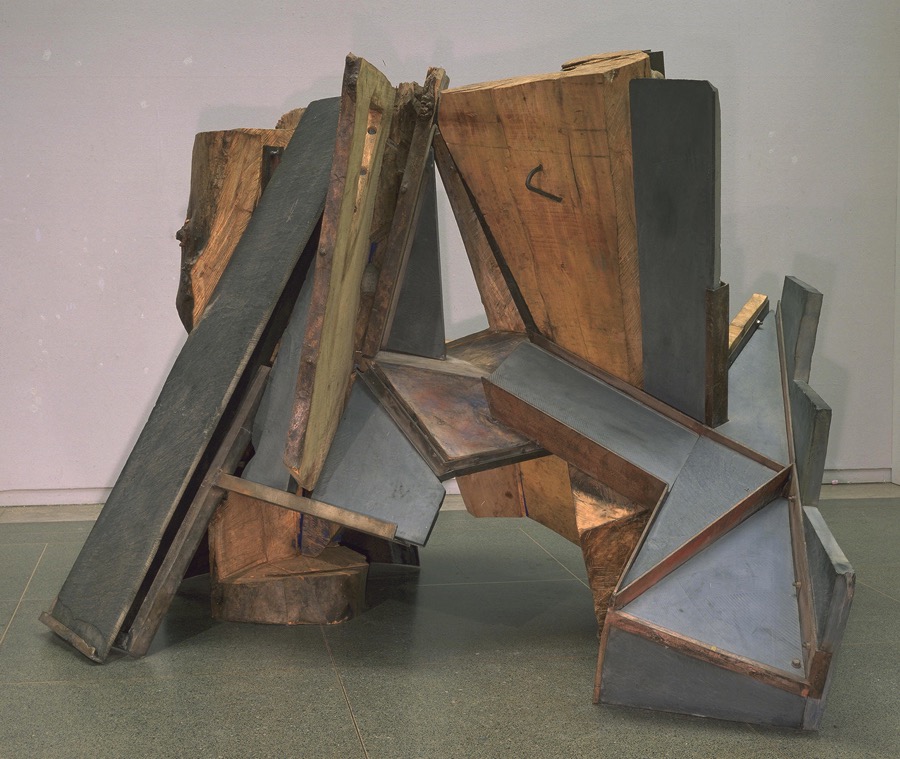30 Years/30 Works: Ken Simons On Exploring The Unseen At Tate Liverpool

Ken Simons joined Tate as an Art Handler in London 43 years ago, and moved to Tate Liverpool for the gallery’s opening in 1988. Responsible for handling and installing the national collection of modern and contemporary art, for Tate Liverpool’s 30th birthday, Ken has curated an exhibition revealing his personal history of the gallery. Mike Pinnington caught up with Ken to talk favourite works (out of an estimated 17,000!), changes in the city, and his most difficult installs…
Hi Ken, can you first tell us a little about what an Art Handling Manager does?
The job is primarily about providing practical support for the installation of artworks. But I also provided experience of conservation and artwork maintenance as we set the gallery up with no conservation staff on site.
You’ve switched roles to curate this exhibition. How have you found it?
I have found curating this show very exciting. The lines are blurred between Exhibitions staff and Art Handling staff. We have worked well as a team to bring the best shows together. This journey of curating has been a discovery for me and has been such an exciting pleasure.
What attracted you to move to Liverpool?
My interest and excitement was to be involved in a major new project setting up a gallery from scratch. Developing the policy of mounting major international exhibitions with artworks from all over the world was very important. It made our name internationally and brought amazing artworks to Liverpool and the North-West.

Has anything surprised you?
I think what has surprised me is how Liverpool has become a centre of learning and entertainment with the development of the universities and Liverpool Museums. Tate Liverpool has become part of a very important hub of cultural activity.
Can you explain to us your exhibition’s title, Exploring the Unseen?
Many of the artworks I have chosen show the artist exploring unseen spaces, the invisible. Spaces enclosed by sculptures, depth and perspective in paintings, the mysteries that we cannot see. The unseen forces in nature and our physical and emotional response to our environments. I also wanted to open our process of exhibition making, something generally unseen, to show how we go about our work.

The show is also a potted history of your career along with the life of the gallery: How many exhibitions have you worked on? How many works do you think that has involved?
In total I have worked on about 200 shows. A rough estimate suggests that this is about 17,000 art works!
What have been the key shows for you?
It’s very difficult determining my key shows. Quite apart from 30 years of amazing variety, it also difficult to judge on what criteria. We have had a large number of group shows, several of which were very impressive: Heaven (1999), Shopping (2003) and Summer of Love (2005). Of course there have been many solo exhibitions, some of which I have enjoyed the most include Rothko [pictured, above], Gormley, Wallinger, Paul Nash [above], Marc Quinn and Nam Jun Paik.

Do you have one favourite work in particular that you knew you must have in your exhibition?
Phillip King’s Within 1978–9 [above] was probably a starting point when I began to select the works. Also, Graham Sutherland’s painting Entrance to a Lane 1939 is one of my favourites in the entire collection.
Did any of the works prove particularly difficult to install?
Within 1978–9 is very complex, made up of many parts. The materials are heavy and difficult to manoeuvre; including metal, wood and slate. The wood has changed shape a little making the constituent pieces sometimes difficult to fit together as originally intended. I find this complex challenge a great pleasure. The practical hands on aspect can be very exciting and illuminating.
What do you hope visitors will take from the show?
After selecting works from as early as the 18th century through many of the developments in thinking and art from the 19-20th centuries I have found, at least for myself, how many artists have explored similar aspects of the ‘unknown’. Perhaps this demonstration of human exploration is an important aspect to take away.
As told to Mike Pinnington
This essay is taken from Tate Liverpool’s new seasonal publication Compass. Available for £1, exclusively at Tate Liverpool, it features articles and essays exploring exhibitions on each floor of the gallery
See Ken’s Show: Exploring The Unseen at Tate Liverpool from 30 March-17 June 2018 — FREE entry
Images, from top: Ken Simons © Tate Liverpool, Roger Sinek
Mark Rothko, 1903–1970 Light Red Over Black 1957 Oil paint on canvas, 2306 x 1527 x 38 mm, Tate. Purchased 1959 © Kate Rothko Prizel and Christopher Rothko/DACS 2018.
Paul Nash, 1889–1946 Equivalents for the Megaliths 1935 Oil paint on canvas, 457 x 660 mm, Tate. Purchased 1970. Photography © Tate 2017
Phillip King, born 1934 Within 1978-9. Elm, slate and metal 2210 x 3200 x 2590 mm Tate. Purchased 1979 © Phillip King





